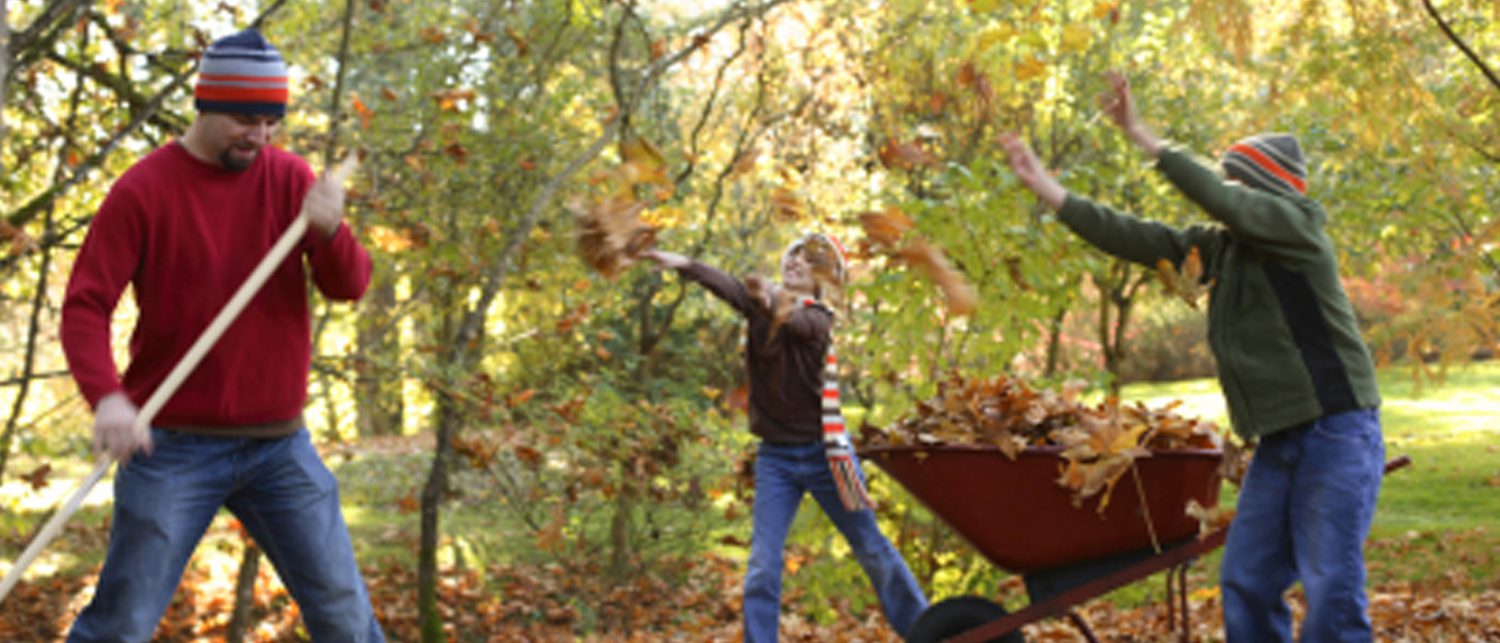In 2013, we’ll be delving more deeply into how some personality types and learning styles are aligned with certain learning differences…and what parents and teachers can do help honor and embrace these differences, while helping the kids play to their learning strengths.
In this guest post, Hailey Anderson highlights some of the techniques that can be used successfully with kids with ADD and ADHD by utilizing techniques that work for kids who prefer to file knowledge kinesthetically (engage in learning more effectively while moving around or interacting with manipulatives) and extraverted learners (who learn better with discussion/interaction that are more frequently seen in afterschool programs than standard, quiet classroom environments that focus on listening/reflection).

ADD (i.e., Attention Deficit Disorder) and ADHD (i.e., Attention Deficit Hyperactive Disorder) is a common challenge among children and young adults. While the disorder affects people of all ages, it is especially difficult for younger age children who are still learning how to control their behavior and may not have received proper diagnosis yet.
Symptoms of ADD/ADHD include the inability to pay attention, restlessness, and hyperactivity. These symptoms can have either minor or major effects on school performance, which include classroom disruption, non-compliance with school rules, and difficulty understanding and completing a task, depending on the severity of the disorder.
The good news is that schools are getting better at providing solutions to those affected by this disorder. Two solutions include: afterschool programs; and specialized school furniture to help make students more comfortable and more likely to pay attention during class.
Afterschool Learning Programs
By providing after school learning programs for students dealing with this disorder, schools can provide those students with the extra help they need without taking time away from other students during class. The student can stay in mainstream classes with his or her friends while receiving the extra help they may need in a controlled and organized environment. With a program and goals tailored to each individual’s needs, this is a great way to help students get extra learning time without a loud or busy environment to distract them. Structure and organization is the key to keeping students who suffer from ADD/ADHD on task.
Furniture Tailored to ADD/ADHD Students
Those who suffer from the disorder feel the need to constantly move around – whether it is  consistent foot tapping, rocking, or bouncing around, it has been proven that allowing students the freedom to move about in their seat results in a higher ability to pay attention to the task at hand.
consistent foot tapping, rocking, or bouncing around, it has been proven that allowing students the freedom to move about in their seat results in a higher ability to pay attention to the task at hand.
Virco, a leader in the school furniture industry, supports a theory called Healthy Movement. Healthy movement supports sensory integration, which refers to the way individuals sense, interact, and understand different things in their environment. The theory behind sensory integration is that an ADHD student who can move around as they please is more likely to stay engaged.
Natural Adderall Alternatives
If you’re looking for additional ways to better manage ADHD in children, but want to avoid Adderall, here are some additional natural alternatives.
A Solution that Benefits All Students
Virco chairs have unique features that allow the user to move around without being overly distracting to other students, too. Contrary to popular belief, sitting still does not equal undivided attention – instead, students tend to zone out. Thus, this specialized school furniture is great for all students, even those who do not suffer from the disorder.
These are just a couple ways that schools are catering to the needs of those with specific learning disorders. With the help of supportive teachers, a loving family, and outside resources, students with ADD/ADHD can be just as successful (if not more) than those who don’t have a learning disability. These solutions result in higher grades, less disruption in the classroom, and happier, healthy students.
Citations:
- Photo Credit: title=”old school” by alamosbasement, on Flickr
- Photo Credit: title=”Old School School Room” by JJLosier, on Flickr
Attached Images:
 License: Creative Commons image source
License: Creative Commons image source License: Creative Commons image source
License: Creative Commons image source
Hailey Andersen, our guest poster, enjoys writing about the latest trends and regularly contributes to a variety of publications.

